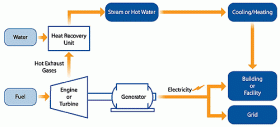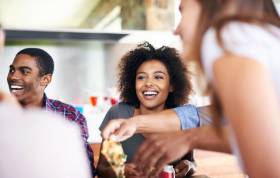
Summary:Researchers have shown how access to high-quality fruits and vegetables – or lack thereof – strongly influences whether healthy foods make it to a person’s breakfast, lunch or dinner plate.
Researchers at Montana State University in Bozeman have published a study showing how access to high-quality fruits and vegetables — or lack thereof — strongly influences whether healthy foods make it to a person’s breakfast, lunch or dinner plate.
“Fruit and vegetable desirability is lower in more rural built food environments of Montana, USA using the Produce Desirability(ProDes) Tool” was published Jan. 23 in the journal Food Security.
The researchers developed and used a food environment measure, the Produce Desirability (ProDes) Tool, to assess consumer desirability of fruits and vegetables. With the tool, the researchers found fruit and vegetable desirability is lower in more rural areas of Montana.
“This is important because it has the potential to impact consumer selection and consumption in rural areas, furthering health disparities,” said Selena Ahmed, MSU professor of sustainable food systems and one of the study’s authors. Carmen Byker Shanks, professor of food and nutrition and sustainable food systems, was co-author. Ahmed and Byker Shanks, both in the College of Education, Health and Human Development’s Department of Health and Human Development, also serve as co-directors of the Food and Health Lab at MSU.
The research findings indicate a potential for long-term health implications based on access to high-quality fruits and vegetables, Byker Shanks said.
“It turns out that the overall quality of food available in a food environment really matters,” said Byker Shanks. “Whether or not there’s access to quality fruits and vegetables in a given area affects the daily choices people are able to make about what they eat. The food choices made each day add up to a person’s overall dietary quality and impacts long-term health.”
Although food deserts — areas lacking affordable, high-quality food — can exist anywhere, Byker Shanks said that in Montana they’re most prevalent in rural areas.
“We have measured fruit and vegetable quality in several different ways across rural and urban areas of Montana,” she said. “We’re seeing real disparities along rural and urban lines in grocery stores, where fresh fruit and vegetable quality in Montana’s rural grocery stores tend to be significantly lower than in urban settings. “The Dietary Guidelines for Americans recommends five to 13 servings of fruits and vegetables per day — an amount that is difficult to achieve if the fresh fruits and vegetables are not as desirable to the consumer due to quality,” she added.
More: Science Daily







Leave a Reply
You must be logged in to post a comment.